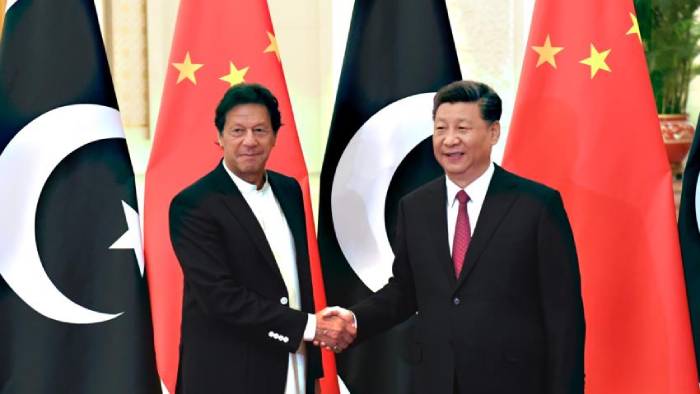To avoid the blacklisting under Financial Action Task Force (FATF), Pakistan is gearing up to gather support from China. According to a report, Islamabad is expected to convince the US (apart from its long-term partner China) to support it because it feels that it can leverage its much-lauded role as a successful negotiator in the US-Taliban agreement signed on February 29 this year. As Turkey and Malaysia will be supporting Pakistan, Beijing is also expected naturally to push hard in Pakistan’s favour at the upcoming FATF meeting. Since June 2018, Pakistan has been on the FATF grey list. Even though a progress report is being readied for Islamabad, it gives little evidence that suggests that its faith in the use of terrorism as a state policy against India will change.
As Pakistan’s engagement with China grows, the international pressure on Pakistan is gradually set to loosen, altering its strategic calculus. Beijing’s all-out support to Pakistan provided room to flinch Islamabad’s reliance on the West (especially the US). Importantly, with defence imports coming from China, Pakistan’s military build-up has continued despite its economic slowdown and mounting debt.
Over the last six decades, China’s assistance to Pakistan has expanded from a purely military relationship to economic and diplomatic levels. With the advantage of Beijing’s weapon supply being added to Pakistan’s defence capability, it will likely carry out a proxy war through its non-state terror modules operating in India, without the fear of being defeated in retaliatory Indian aggression.
In the 1960s and 1970s, the supply of Chinese conventional weapons started with F-7s and MiG-19 fighters. In the 1980s, the Pakistan Army inventory had significant Chinese equipments including the T-59 Main Battle Tanks, T-60 and T-63 Light Tanks, and Type 531 APCs. By the early 1980s, China had provided Pakistan about 65 percent of its aircraft fleet in the PAF and more than 70 percent of its tanks.
In the 1980s, Pakistan’s naval acquisitions from China started with a long-term objective of striking a deal for technology transfer for indigenous production in the future. In the last two decades, defence procurement of Pakistan has been focussed on the build-up of its air force and the maritime strike capabilities of its navy. In these, the key feature was to transfer technology from China.
The production of the Karakoram-8 jet trainer (Chinese designation: Hongdu JL8) has been started by the Aircraft Manufacturing Factory (AMF), under Pakistan Aeronautical Complex (PAC) at Kamra, in collaboration with the China National Aero-Technology Import and Export Corporation (CATIC).
In technological collaboration, Pakistan and China co-developed the JF-17 jet. The reports suggest that the PAC has been producing 58 percent of the JF-17’s airframe, and China’s Chengdu Aircraft Industry Corporation had been providing for the remaining 42 percent of it. These steps on defence production and collaboration are being set as examples by China to smaller nations in South Asia and the Middle East to fulfill its boundless strategic and economic ambition. That may be the reason why China wants its alliance with Pakistan deepened as the later is an adversary to India, a rival for China in global power balance. Further, in the coming years, the Sino-Pak nexus is likely to grow, which demands India to be strategically prepared to deal with the implications of the alliance.





